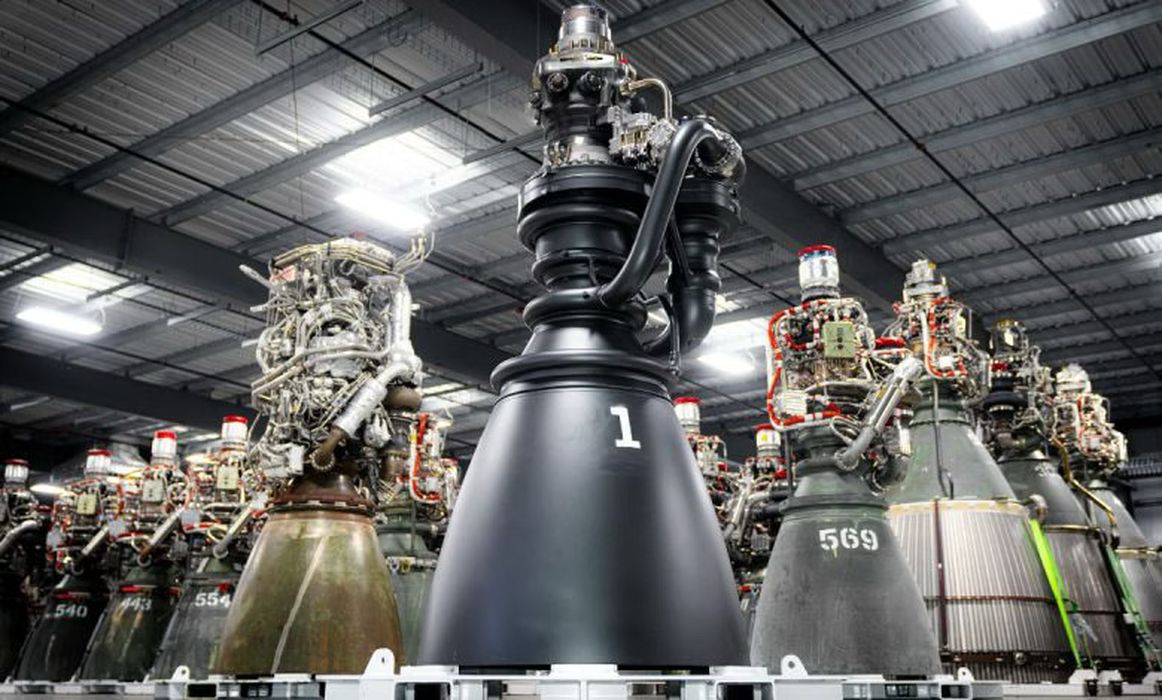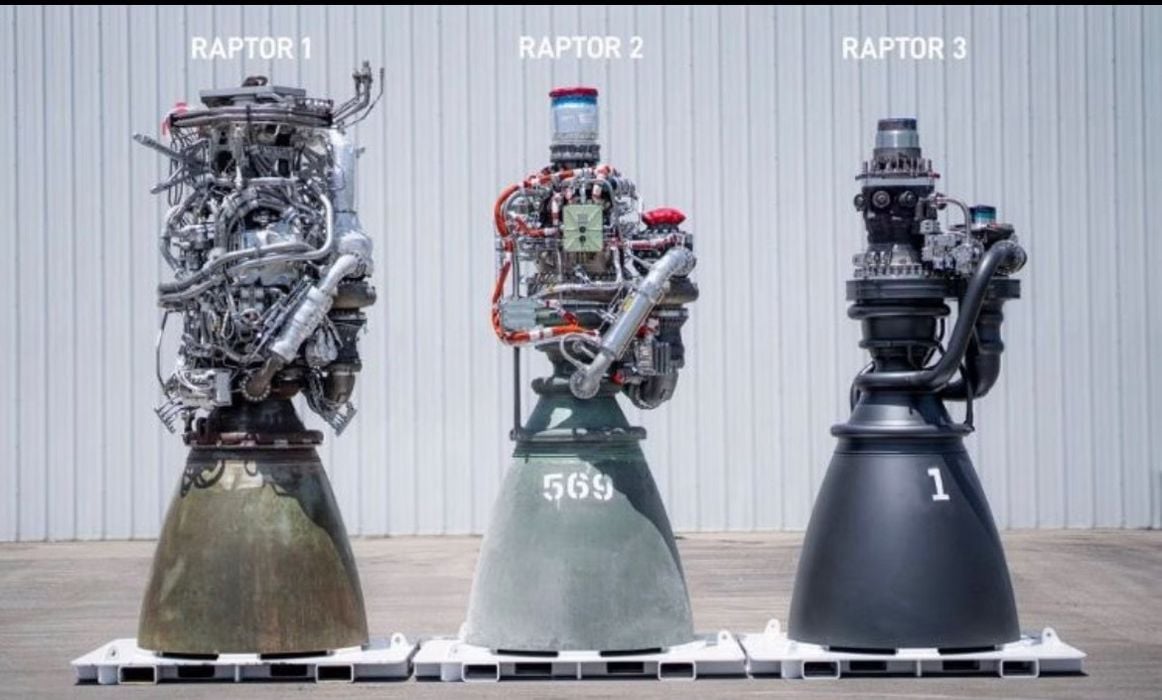
The new SpaceX engine has visibly consolidated multiple parts into more complex 3D printed components.
Whether it used AM to rapidly iterate new and more efficient designs or to directly consolidate subassemblies into single complex parts, the new Raptor 3 engine from SpaceX is a marvel of engineering and a clear indication of what is possible with additive manufacturing. So much so that Elon Musk himself replied to a post on X about the new engine version to point out that SpaceX has “the most advanced 3D metal printing technology in the world”.
According to the latest description that appeared on Wikipedia, “Raptor 3 is a further streamlined design of the Raptor engine aimed to ultimately achieve 330 tf (3.2 MN) of thrust in the booster/sea-level configuration, with one stated goal being eliminating the requirement of protective engine shrouds.
Raptor 3 is significantly simplified design that internalizes much of the plumbing and sensors, to increase reliability and improve re-entry performance. In 2024, Musk announced that Raptor 3 was entering the production phase at the McGregor facility. By 2 August 2024, Raptor 3 had begun production.

Raptor 3 engines will not require a heat shield. They will have integral cooling and integral secondary flow circuits that run through the various sections of the engine and will eliminate many of the bolted joints.
According to an analysis by Brian Wang on NextBigFuture, if Raptor 3 is improved to over 300 tons of thrust at sea level then each engine would have 2.95 million newtons of thrust. In this case 35 Raptor 3 engines would provide 103.25 million newtons of thrust for a 35-engine super heavy booster. By comparison, the Saturn V had 34.5 million newtons of thrust.
The extreme consolidation with the development of the Raptor 2 and even more now with the Raptor 3 clearly shows how DfAM and AM can improve a design to make it more efficient. That’s one of the reasons why, after initially using EOS machines and services to familiarize itself with the technology, SpaceX was reportedly one of the main investors in Velo3D, which it helped get off the ground after installing nearly thirty metal AM systems in-house. In addition, Elon’s space company is reportedly using multiple SLA machines from 3D Systems for indirect production via 3D printed casting.
Read the rest of this story at VoxelMatters
